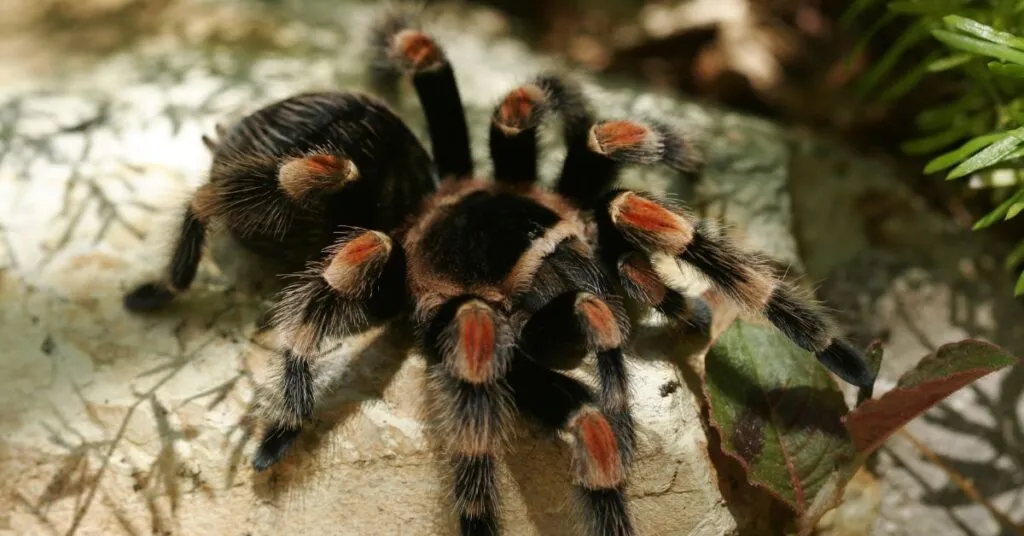What Makes a Mexican Red Knee Tarantula Friendly
The Mexican Red Knee Tarantula (Brachypelma hamorii) is a popular pet due to its striking appearance and relatively docile nature. While no tarantula can be considered truly ‘friendly’ in the way a dog or cat is, certain behaviors and characteristics can make them more approachable and less likely to exhibit defensive behaviors. Understanding these aspects is crucial for responsible tarantula ownership and enjoying a positive experience with your pet. This blog post will explore what contributes to a perceived ‘friendly’ demeanor in Mexican Red Knee Tarantulas and provide essential facts for their care. It’s important to remember that these are still wild animals, and respect for their space and needs is paramount. Proper care and understanding significantly increase the likelihood of a calmer and less defensive tarantula, making interactions more enjoyable for both the keeper and the spider.
Temperament and Behavior
Mexican Red Knee Tarantulas are generally known for their calm temperament compared to some other tarantula species. They are less likely to bite unless provoked or threatened. Instead, they often prefer to flick urticating hairs (small, irritating hairs on their abdomen) as a defense mechanism. Understanding their behavioral cues, such as posture and leg positioning, is crucial. A tarantula that appears tense or defensive should be left alone. Observation is key to understanding your tarantula’s personality; some are more bold and active, while others are more reclusive. Recognizing these individual differences can help you manage your expectations and create a more positive interaction. Over time, you will become familiar with your tarantula’s habits, allowing you to anticipate its responses and handle it with greater confidence.
Factors Influencing Friendliness
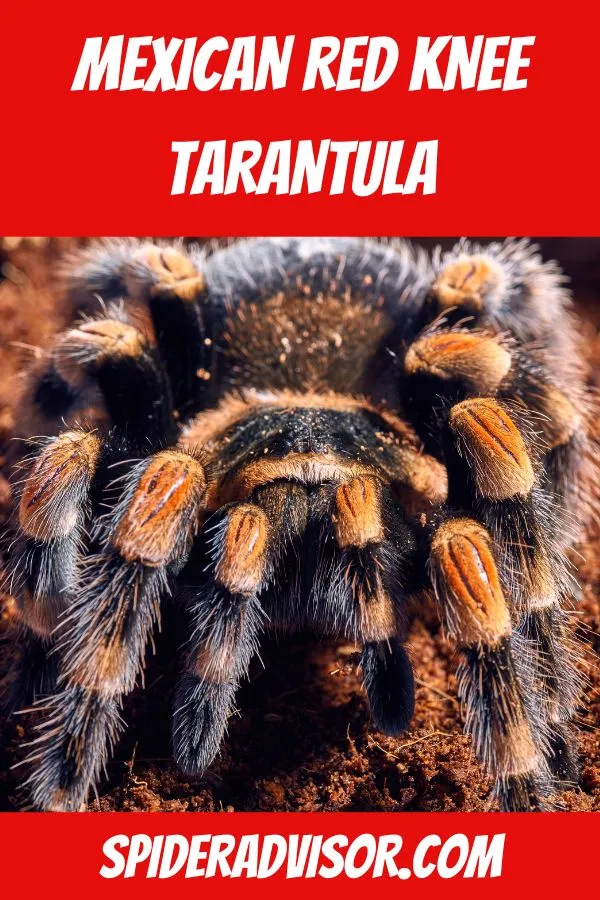
Several factors influence how a Mexican Red Knee Tarantula behaves. Proper care is the cornerstone of a ‘friendly’ tarantula. This includes providing a suitable habitat with the right temperature, humidity, and hiding places. Stress from improper living conditions can make a tarantula more defensive. Genetics also play a role, as some individuals are naturally more docile than others. Careful handling, when necessary, and avoiding sudden movements or loud noises are also important. Young tarantulas (spiderlings) may be more prone to bolting or being skittish. As they mature, they often become more accustomed to their environment and may display a calmer demeanor. It’s crucial to source your tarantula from a reputable breeder who prioritizes the health and well-being of their spiders.
Top 5 Facts About Friendly Mexican Red Knee Tarantulas
Fact 1 Habitat Preferences
Mexican Red Knee Tarantulas thrive in a terrestrial environment. Their enclosure should be spacious, providing enough room for them to move around and create a burrow. A substrate of coco fiber, peat moss, or a similar material should be deep enough for burrowing. Maintain a temperature range of 75-85°F (24-29°C) and a humidity level of 60-70%. Provide a water dish with fresh water at all times and offer hiding places like cork bark or artificial plants. A well-designed habitat replicates their natural environment, reducing stress and promoting a more relaxed demeanor. Proper ventilation is also vital to prevent mold growth and maintain a healthy environment for your tarantula, ensuring they are not stressed and defensive.
Fact 2 Diet and Feeding
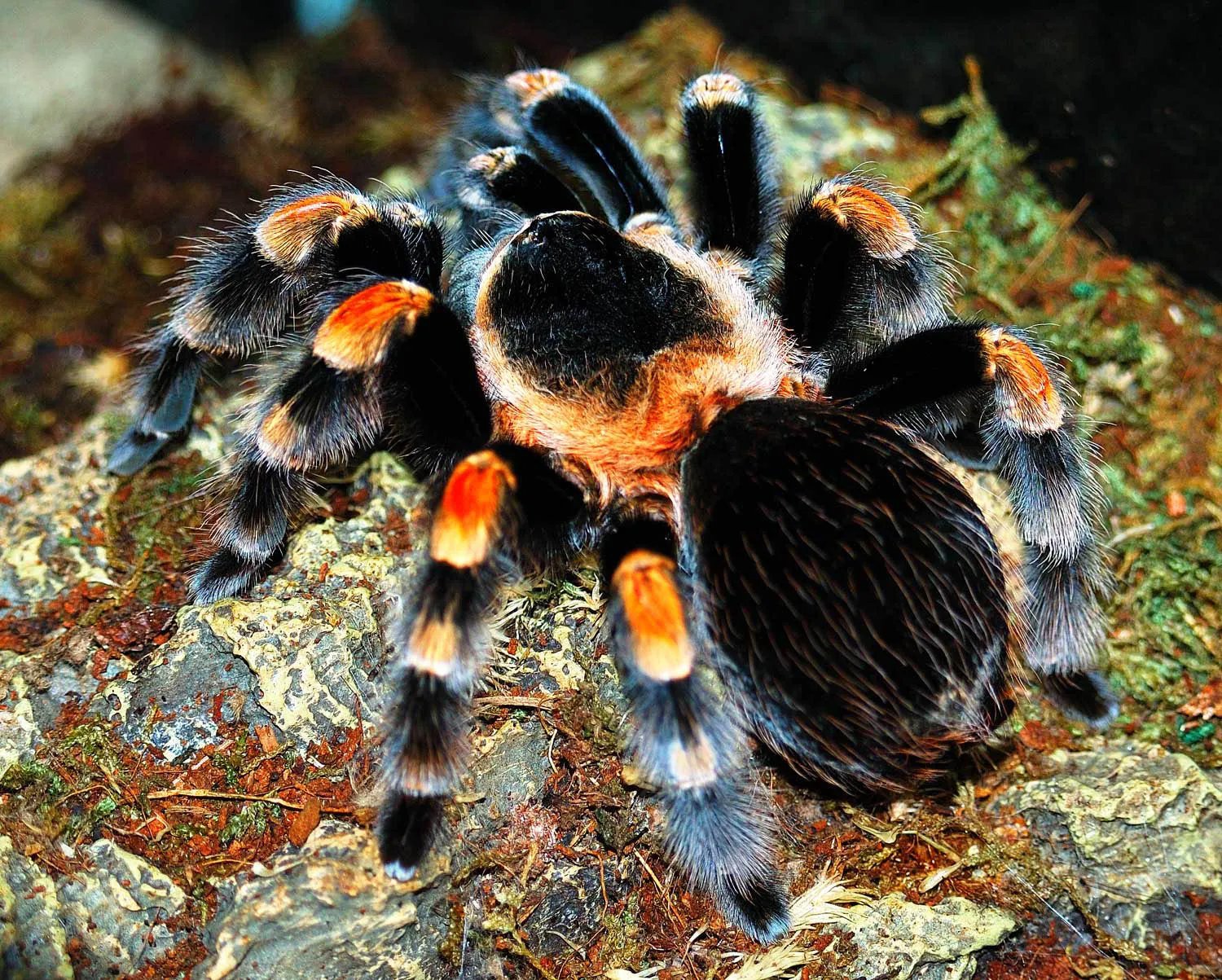
Feeding your Mexican Red Knee Tarantula is a crucial aspect of its care. They are opportunistic predators, primarily feeding on insects such as crickets, mealworms, and roaches. The size of the prey should be appropriate for the tarantula’s size; a general rule is to feed insects that are no larger than the tarantula’s body. Feed juveniles 2-3 times a week and adults every 1-2 weeks. Remove any uneaten prey within 24 hours to prevent stress for the tarantula and to maintain a clean enclosure. A well-fed tarantula is less likely to be stressed or defensive. Always provide fresh, clean water for them. Overfeeding can lead to obesity, while underfeeding can cause stress, so finding the right balance is essential for your tarantula’s well-being.
Fact 3 Handling Guidelines
Handling a Mexican Red Knee Tarantula should be done with caution and respect. It’s not essential for their well-being and should only be considered if necessary, like during enclosure maintenance. If you choose to handle your tarantula, do so slowly and gently. Avoid sudden movements or loud noises that could startle it. Always handle them close to the ground or a soft surface in case they fall. Be aware that their urticating hairs can cause skin irritation, so avoid contact with your face and eyes. Wash your hands thoroughly after handling. Not all tarantulas enjoy being handled, so it is always important to read your pet’s body language; if it appears stressed or agitated, return it to its enclosure immediately. Consider using a soft brush to gently encourage the tarantula onto your hand, minimizing direct contact and potential stress.
Fact 4 Health and Well-being
Maintaining the health and well-being of your Mexican Red Knee Tarantula is critical for its ‘friendliness.’ Regular observation of your tarantula is essential. Look for signs of illness, such as lethargy, loss of appetite, or unusual behavior. Ensure the enclosure is clean and free of mold or pests. Proper molting is also a sign of a healthy tarantula. Provide a moist environment during molting to help them shed their exoskeleton. If you notice any signs of illness, consult with a veterinarian specializing in exotic animals. A healthy tarantula is a less stressed tarantula. Careful attention to their needs, including diet, temperature, and humidity, ensures a higher likelihood of a calm and contented pet. Provide a varied diet and clean environment to prevent health issues.
Fact 5 Interaction Tips
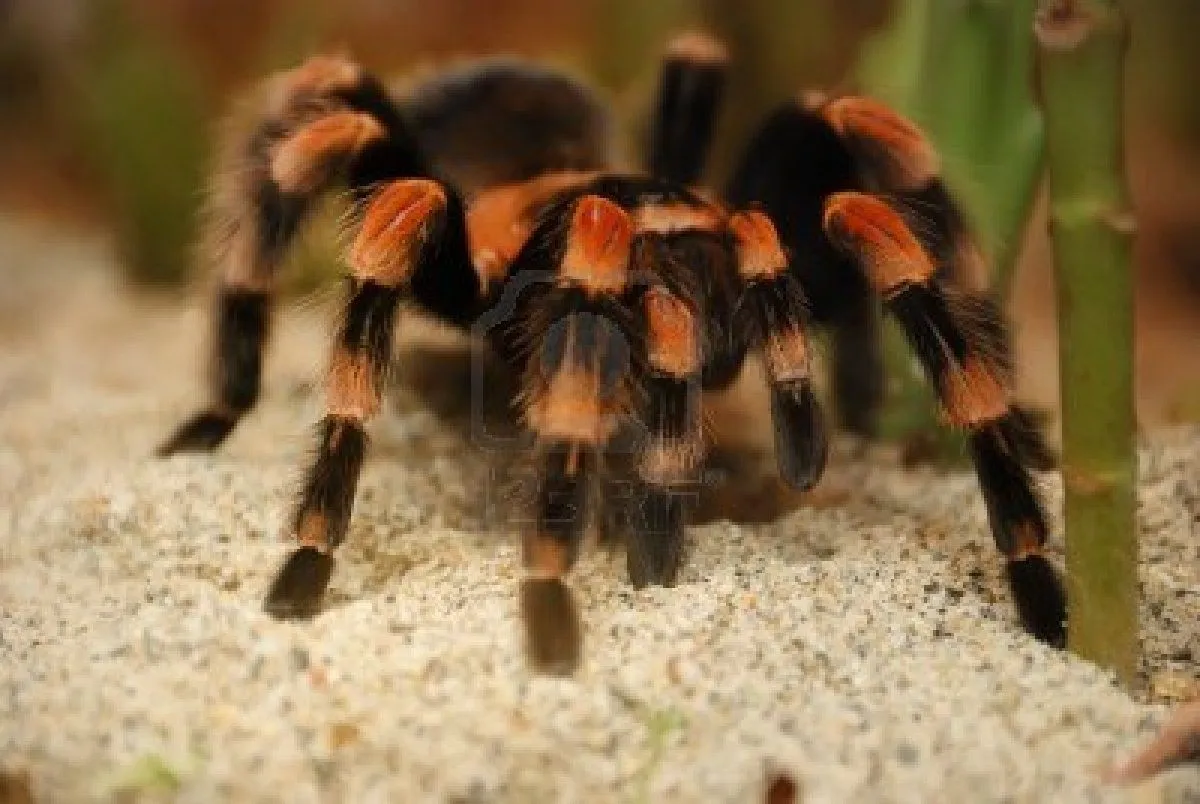
Interacting with your Mexican Red Knee Tarantula is primarily through observation. Avoid unnecessary handling, as this can cause stress. Instead, focus on creating a comfortable and stimulating environment for your pet. Regularly clean the enclosure and provide fresh water. Offer a varied diet of appropriate-sized insects. Observe its behavior and learn its habits. This can be a rewarding experience, allowing you to appreciate the unique beauty and characteristics of these fascinating creatures. By providing a stimulating environment and avoiding unnecessary disturbances, you can foster a positive and less defensive relationship with your tarantula, which leads to a more relaxed and seemingly friendly pet.
Creating a Friendly Environment
Enclosure Setup
The enclosure is the foundation of a friendly tarantula. Choose a spacious enclosure made of glass or clear plastic with secure ventilation. The size should be appropriate for the tarantula’s size, with juveniles needing smaller enclosures. Provide a substrate of coco fiber, peat moss, or a similar material, deep enough for burrowing. Include a water dish and multiple hiding places, such as cork bark, artificial plants, or hollow logs. Maintain the correct temperature and humidity levels. The enclosure should be located in a quiet area away from direct sunlight or drafts. A well-designed enclosure minimizes stress and encourages natural behaviors, making the tarantula feel secure and comfortable. Ensure there are no sharp edges or hazards that could injure the tarantula.
Environmental Enrichment
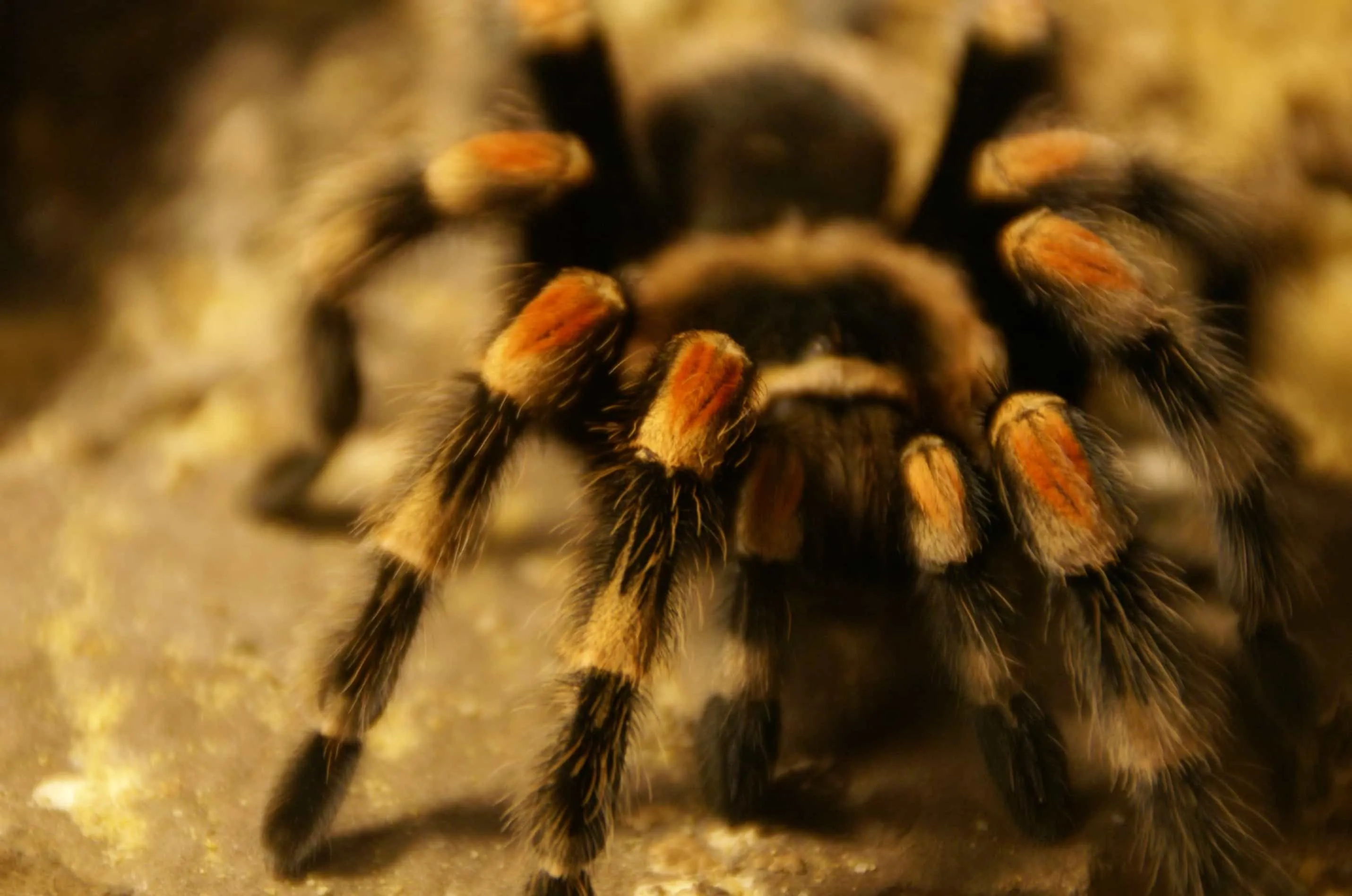
Environmental enrichment is crucial for the well-being of your tarantula. Provide a variety of items to stimulate the tarantula’s interest and encourage natural behaviors. Vary the substrate and add different textures like moss or leaf litter. Include multiple hiding places and rearrange them periodically to provide novelty. Offer insects of different sizes and types to stimulate their hunting instincts. Minimize disturbances and provide a consistent routine. Regular cleaning and maintenance of the enclosure are also essential for a healthy and stimulating environment. By providing enrichment, you help reduce stress and promote a more relaxed and ‘friendly’ demeanor in your Mexican Red Knee Tarantula. Observing these actions can be fun for the keeper and the pet.
The Importance of Patience and Observation
Patience and observation are key to enjoying a positive relationship with your Mexican Red Knee Tarantula. Spend time watching your tarantula’s behavior, noting its habits and responses to different stimuli. Avoid rushing the process and respect its space and needs. Learn to recognize signs of stress or defensiveness. It’s important to remember that each tarantula has its own personality. Some will be more active and visible, while others will prefer to stay hidden. Patience allows you to build a sense of trust with your tarantula and fosters a more comfortable environment. Ultimately, it is through careful observation and respecting their natural behaviors that you can truly appreciate the unique qualities of your pet, and the tarantula may seem more friendly.
